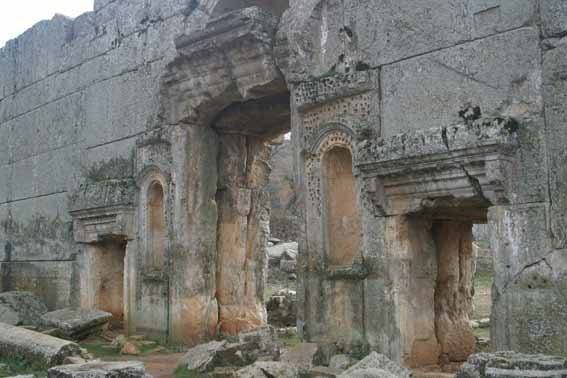Hosn Suleiman
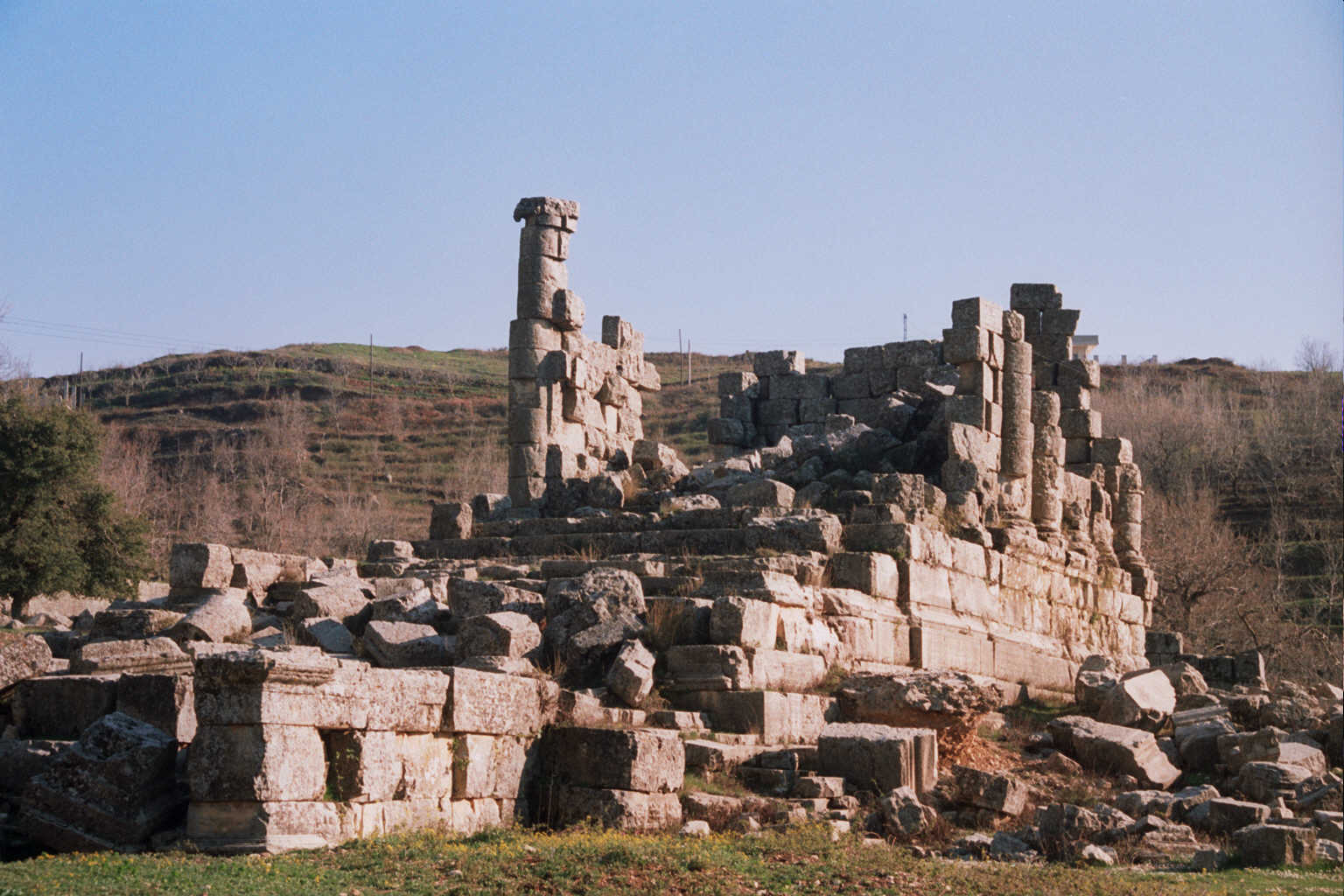
The ruins of the Hosn Suleiman temple lie in a sacred enclosure that can be found on the Al-Ansariyah mountains, precisely at the slope of the Al-Nabi Saleh mountain.
These mountains divide the coastal plain of Syria from the Ghab, the valley of the Orontes River; their maximum height barely reaches 3,000 ft/900 meters, yet they acted as a natural border between the Phoenicians on the coast and the great empires of Mesopotamia.
In the Greek-Roman world the area, which was covered with forests of pines, oaks, and cedars, was known as Bargylus.
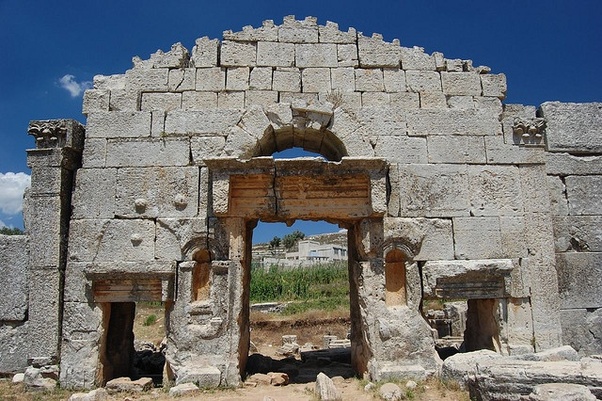
A clearing in a wooden area became the site of religious rites in honor of Baal, the main deity of the Phoenician mythology and to whom Mount Casius, a high mountain north of Bargylus and south of Antioch, was sacred.
While it was originally intended to be dedicated to Jupiter/Zeus/Baal, the current naming is derived from King Solomon.
Benjamin Harris Cowper, on the Journal of Sacred Literature and Biblical Record, described in 1866 what can still be seen upon arriving at the site:
“It was in the midst of these mountains that I found, in the locality of Hosn Suleiman, the ruins of the temples to Jupiter, which had only been mentioned by Lieut. Walpole and whose scientific importance was yet unknown. The first thing which strikes the eye in descending towards the site of ancient Baetocece is a vast enclosure. (…) It is the best-preserved specimen of sacred enclosure.”
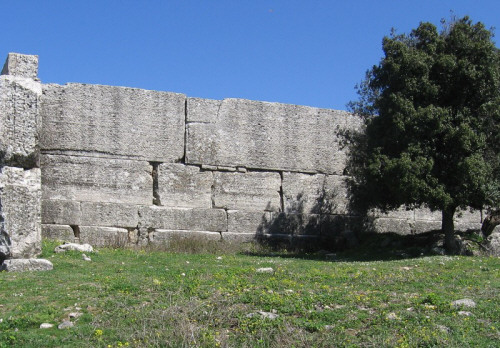
The current shrine was built in the IInd century AD when Syria was a Roman province and it was dedicated to Jupiter Baetocece, the second name being that of the shrine location; this meant that Jupiter Baetocece was regarded as the protective spirit of the place, rather than the deity of the Greek myth.
The orientation of the shrine is not aligned with the cardinal points, as occurs in most Greek/Roman buildings and it probably reflects the original orientation of the early shrine.
This might indicate that the site was rediscovered and remodeled by the Romans.
Another hint about this fact certainly lies in the fact that the construction technique used for the shrine and the enclosure walls can be regarded as a backward one because it is based on the careful juxtaposition of blocks of stone and it does not make use of the more advanced techniques developed by Roman engineers such as supporting arches, fired bricks, and mortar.
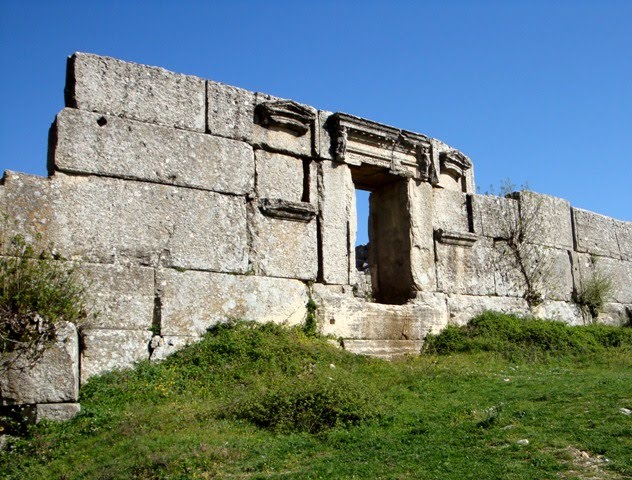
The temple was overall built with the same technique used by the megalithic civilization that existed much earlier before the Romans, as it also presents fine examples of polygonal masonry.
At the South-eastern gate, a decoration on the horizontal side of the lintel showing an eagle carrying a caduceus (an astrological symbol representing the planet Mercury) between two male allegories representing the morning and the evening star, being identical to that of the Temple of Bacchus at Baalbek, shows a connection between the two sites, both originally dedicated to the same God.
The shrine was located inside a rectangular enclosure with four gates, each of which has the horizontal side of the lintel decorated with the same relief; the presence of astrological/astronomical symbols is indicative of the interest in the stars and the sun at the time the shrine was rebuilt and for most of the IIIrd century AD.
The area outside the walls has not been excavated yet and the only other ancient building near the enclosure is a gate that probably belonged to a shrine dedicated to Astarte, a goddess worshipped in various ways in the Eastern Mediterranean region and whom the Greeks associated with Aphrodite.
